MOTILIN (HUMAN, PORCINE)
- CAS NO.:52906-92-0
- Empirical Formula: C120H188N34O35S
- Molecular Weight: 2699.05
- MDL number: MFCD00076521
- SAFETY DATA SHEET (SDS)
- Update Date: 2024-11-19 23:02:33

What is MOTILIN (HUMAN, PORCINE)?
Description
Motilin was isolated from the duodenojejunal mucosa and found to control the motor activity of the digestive tract. It is a potential therapeutic drug target for improving digestive dysmotility. Motilin was isolated from a side fraction produced during the purification of secretin in 1971 and was found to stimulate contractility in the fundus of the stomach. Complete porcine and human motilin were purified and sequenced in 1973 and 1983 respectively.
General Description
Motilin is a 22-residue polypeptide isolated from the duodenum.Its secretion is stimulated by the presence of acid inthe duodenum. Motilin inhibits gastric motor activity anddelays gastric emptying.
Clinical Use
To date, almost all macrolides have lacked effectiveness as MLN agonists. However, pharmacies have been trying to develop new types of macrolides, such as PF-04548043 (formerly known as KOS-2187), for the treatment of GI motility disorders such as gastroparesis and gastroesophageal reflux disease. Moreover, the new MLNR agonist RQ-00201894 is a promising drug for the treatment of gastroparesis, postoperative ileus, and functional dyspepsia.
storage
Store at -20°C
Structure and conformation
Motilin is highly conserved across species, and is synthesized as a part of a larger inactive prohormone. Structure-activity studies with analogs and fragments of porcine motilin have shown an N-terminal region, which is considered a
physiological and biological active site, and a C-terminal
α-helical domain. Human motilin is synthesized as a preprohormone composed of 133 aa residues, each consisting
of a 25-aa signal peptide followed by a 22-aa (mature motilin) and a C-terminal motilin-associated peptide (MAP). In the N-terminal region, identical aa sequences exist
in human and porcine motilin, but differ from canine
motilin at positions 7, 8, 12, 13, and 14 . Chicken MLN also differs from human and porcine
sequences by six residues at positions 4, 7–10, and
12, and the binding affinity and pharmacological
potency against the chicken MLNR differ from those
for mammalian MLN.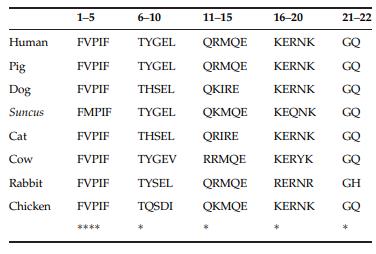
Properties of MOTILIN (HUMAN, PORCINE)
| storage temp. | −20°C |
| solubility | 25mg/mL in DMSO & DMF, slightly soluble in ethanol |
| form | Solid |
| color | White to off-white |
| Water Solubility | Soluble to 1 mg/ml in water |
Safety information for MOTILIN (HUMAN, PORCINE)
Computed Descriptors for MOTILIN (HUMAN, PORCINE)
New Products
4-Aminotetrahydropyran-4-carbonitrile Hydrochloride (R)-3-Aminobutanenitrile Hydrochloride 4-AMINO-TETRAHYDRO-PYRAN-4-CARBOXYLIC ACID HCL 4-(Dimethylamino)tetrahydro-2H-pyran-4-carbonitrile 3-((Dimethylamino)methyl)-5-methylhexan-2-one oxalate 1,4-Dioxa-8-azaspiro[4.5]decane 5-Bromo-2-nitropyridine Nimesulide BP Aceclofenac IP/BP/EP Mefenamic Acid IP/BP/EP/USP Diclofenac Sodium IP/BP/EP/USP Ornidazole IP Diclofenac Potassium SODIUM AAS SOLUTION ZINC AAS SOLUTION BUFFER SOLUTION PH 10.0(BORATE) GOOCH CRUCIBLE SINTERED AQUANIL 5 BERYLLIUM AAS SOLUTION 2-Bromo-1-(bromomethyl)-3-chloro-5-nitrobenzene 2-Bromo-3-nitroaniline N-(3-Hydroxypropyl)-N-methylacetamide 3-Bromo-6-chloropyridazine 4-ethyl-3-nitrobenzoic acidRelated products of tetrahydrofuran
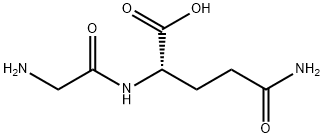
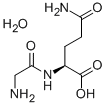
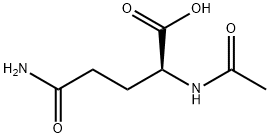

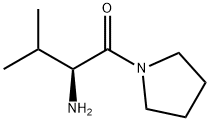
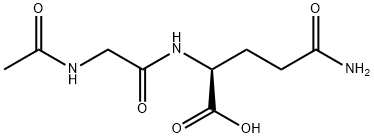
![([125I]-TYR)-MOTILIN (HUMAN, PORCINE)](https://img.chemicalbook.in/StructureFile/ChemBookStructure2/GIF/CB7695050.gif)

You may like
-
 Motilin porcine CAS 52906-92-0View Details
Motilin porcine CAS 52906-92-0View Details
52906-92-0 -
 1-Methyl-6-oxo-1,6-dihydropyridazine-3-carbonitrile 98%View Details
1-Methyl-6-oxo-1,6-dihydropyridazine-3-carbonitrile 98%View Details
99903-60-3 -
 1823368-42-8 98%View Details
1823368-42-8 98%View Details
1823368-42-8 -
 2-(3-(tert-butyl)phenoxy)-2-methylpropanoic acid 1307449-08-6 98%View Details
2-(3-(tert-butyl)phenoxy)-2-methylpropanoic acid 1307449-08-6 98%View Details
1307449-08-6 -
 Ethyl 3-(furan-2-yl)-3-hydroxypropanoate 25408-95-1 98%View Details
Ethyl 3-(furan-2-yl)-3-hydroxypropanoate 25408-95-1 98%View Details
25408-95-1 -
 2-Chloro-5-fluoro-1-methoxy-3-methylbenzene 98%View Details
2-Chloro-5-fluoro-1-methoxy-3-methylbenzene 98%View Details
1805639-70-6 -
 1784294-80-9 98%View Details
1784294-80-9 98%View Details
1784294-80-9 -
 Lithium ClavulanateView Details
Lithium ClavulanateView Details
61177-44-4